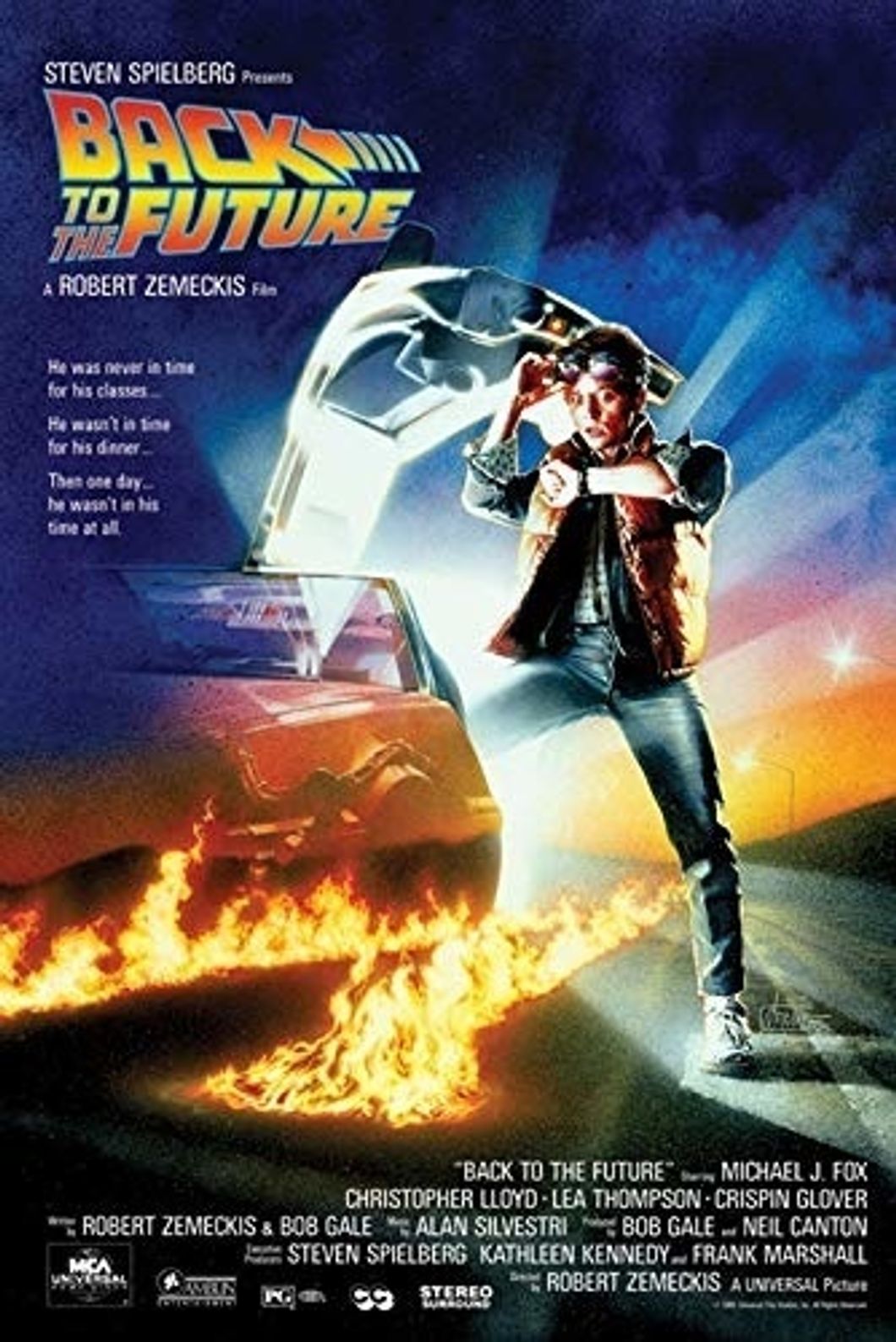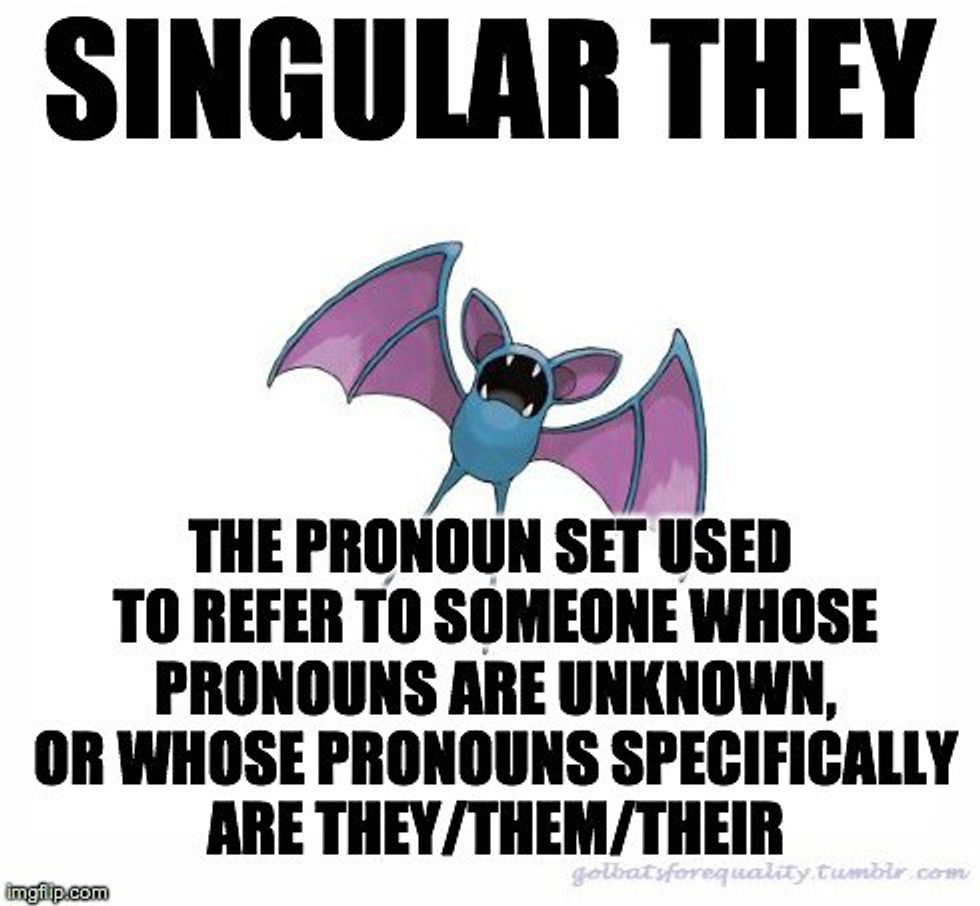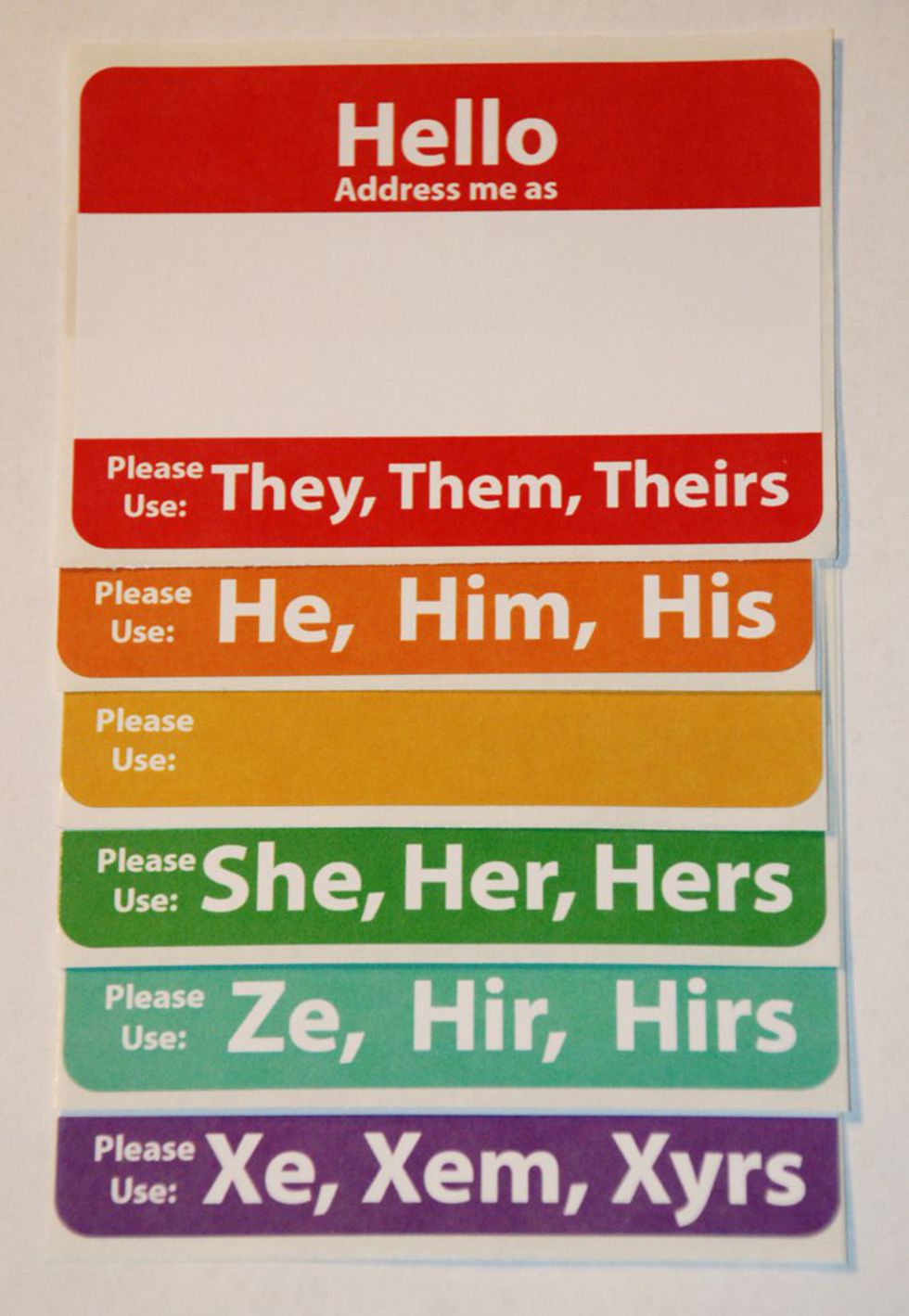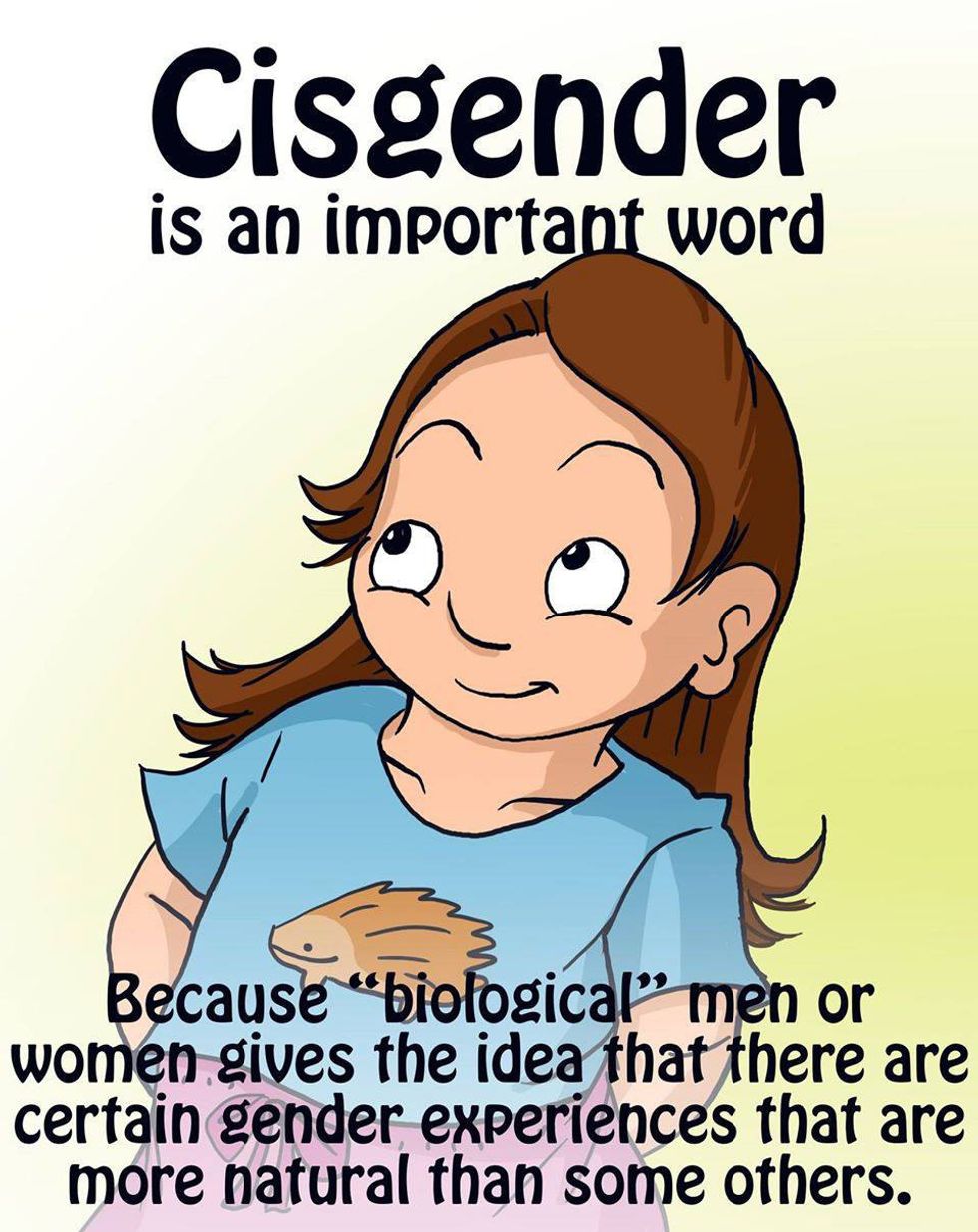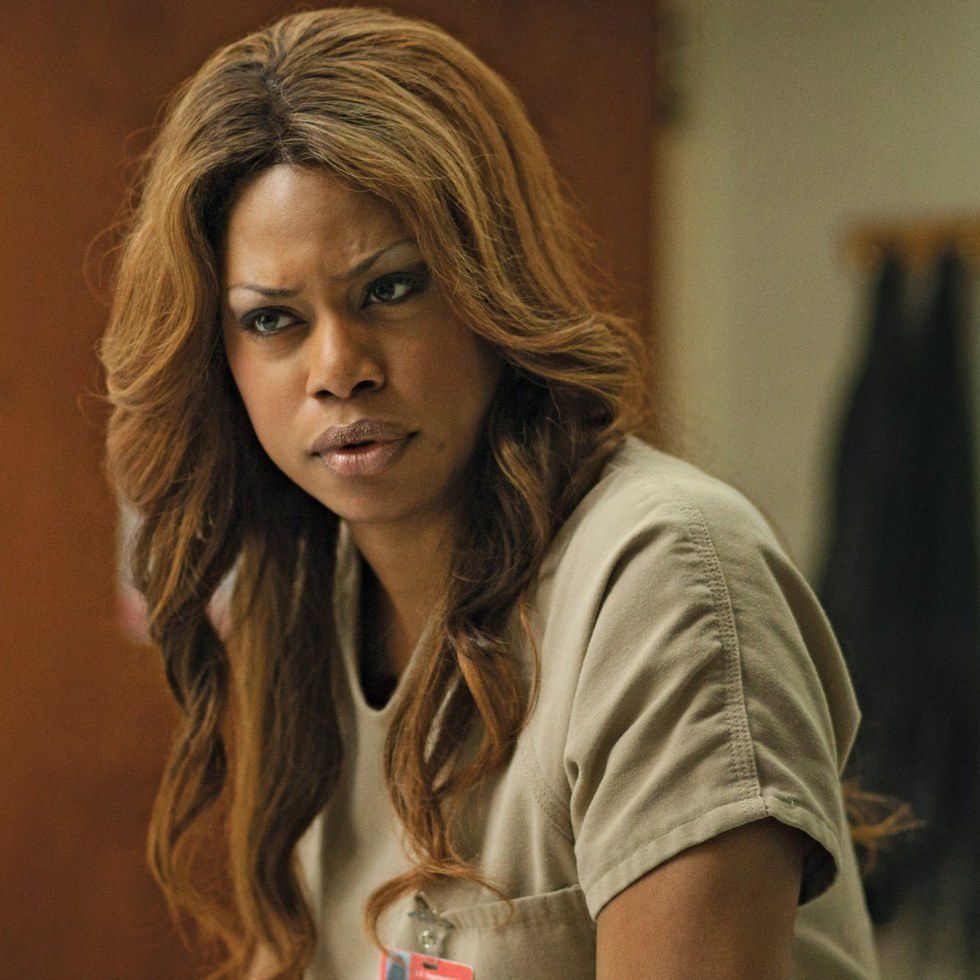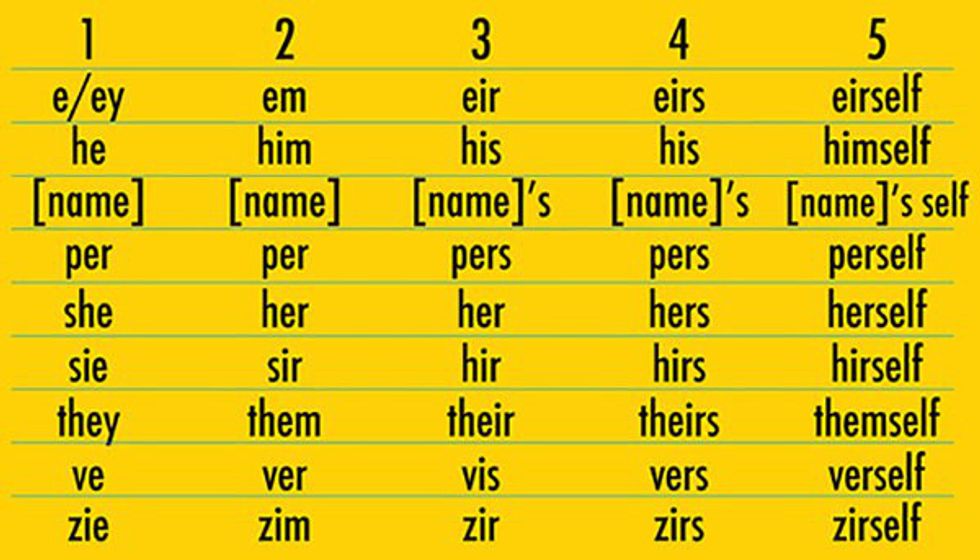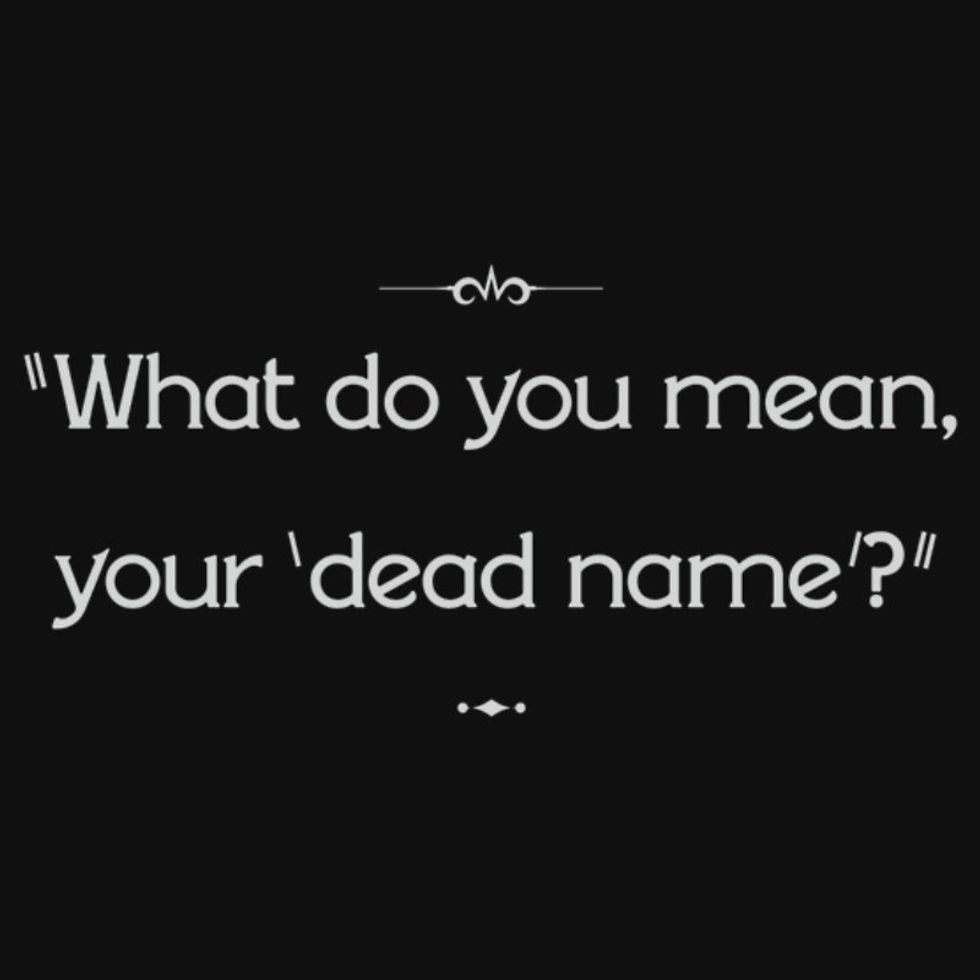July 1985. In the heart of Summer, director Robert Zemeckis and executive producer Steven Spielberg were able to craft and showcase revolutionary sci-fi film at the time about traveling through time and space itself. This film is known as the cult classic: "Back to the Future." It features Michael J. Fox and Christopher Lloyd as Marty McFly and Doc Brown, two friends who are able to convert a 1982 DeLorean into an actual time machine. Not only is the film itself iconic, no one can forget the beautiful 1980s style handmade poster of an astonished Marty McFly witnessing the flames of the DeLorean tire tracks wildly blow in the wind. For over one hundred years, film posters have tagged along with motion pictures as a new form of art. A movie poster's job is to not only be able to hook an audience into watching the film, but also should be able to tell a narrative that leaves the viewer wanting to know more about the movie. However, over the last 30 years, movie studios have become less and less focused on creativity for movie posters.
The top and most obvious contender of this dilemma is The Marvel Cinematic Universe. Love it or hate it, superhero films have taken over the weekend box offices, with hit after hit making hundreds of thousands of dollars. These films deliver entertaining narratives, well crafted computer-generated imagery (CGI) and amazing star power with actors like Robert Downey Jr., Benedict Cumberbatch, and Scarlett Johansson. However, one area they are lacking is the official movie posters. Below are the movie posters of the past six Marvel Cinematic Universe films.

As seen in the image, over the past year, each new film poster in the Marvel Cinematic Universe has been similarly constructed. It has the main star in the center with the side characters surrounding them. The color palette is bold and colorful, helping to illustrate a bright and upbeat film. The cast of the film and producers of the film are printed in very tiny text, almost as if adding them to the poster was an afterthought. Especially those who help create the films, the Executive Producers, the writers, and other roles. All of which are seen as unimportant to the production in the modern movie posters. Now let's compare the "Spider-Man: Homecoming" (2017) poster to the "Back to the Future" (1985) poster.

As one can see, the "Back to the Future" poster focuses more on telling the story, rather than focusing on the star power of Michael J. Fox. While the "Spider-Man: Homecoming" poster focuses on the star power of Tom Holland, Robert Downey Jr., Michael Keaton and Zendaya. The main antagonist's alter ego in the Homecoming poster is photoshopped to be smaller than Robert Downey Jr, even though it is featured more in the film than Robert Downey Jr. himself. The "Back to the Future" poster also follows the Rule of Thirds. A technique in cinematography and photography where an image is split into a grid with nine squares all together. The human eye immediately is drawn to any object or person that is featured on a corner where the lines intersect. So imagine a grid on the "Back to the Future" poster with two lines going down evenly vertically and three lines going across evenly horizontally. Marty McFly lands perfectly on that line, while Peter Parker (The main star of the film) does not.
By observing these modern day posters, it can be assumed that movie posters aren't as important to movie studios as they once were. It is understood now more than ever in Hollywood that star power brings in customers. Hence why top-tier actors always have their face plastered on the poster and the rest of the poster is lazily put together reusing the same assets and style regardless of the title. However there is hope in the world of cinema as smaller budget films are becoming more creative with their film posters, especially in the indie genre of films. On top of that, we are seeing more and more talented people online showcase their talents with photoshop and creating fan posters for films. So much so that real-life celebrities notice them and share these artworks.
In conclusion, as we head into the 2020s, there is hope that film studios will notice how movie posters are lacking that creative edge. For like the films they are promoting, these posters are a work of art that needs to be well-crafted so that viewers can admire for years to come.

